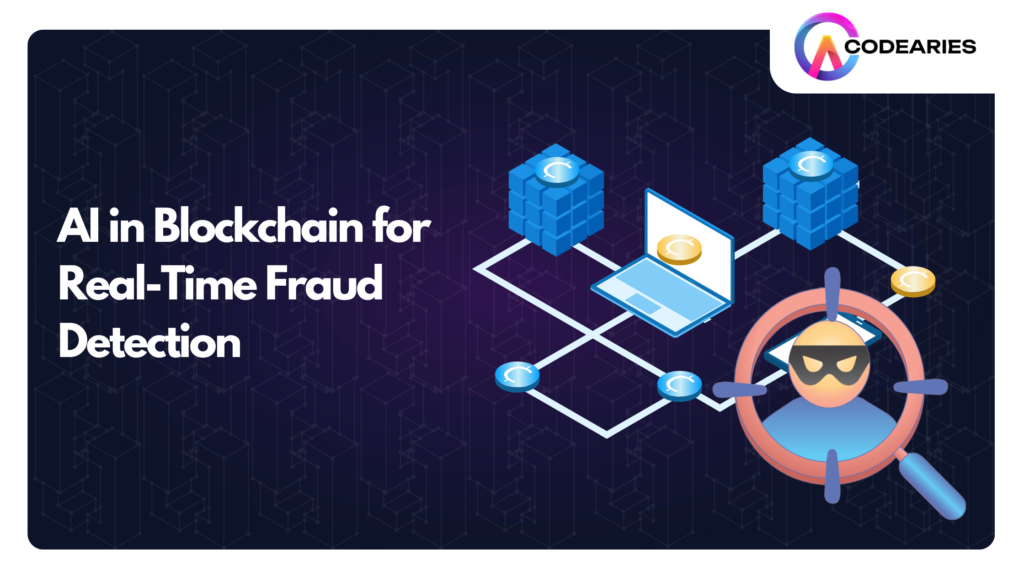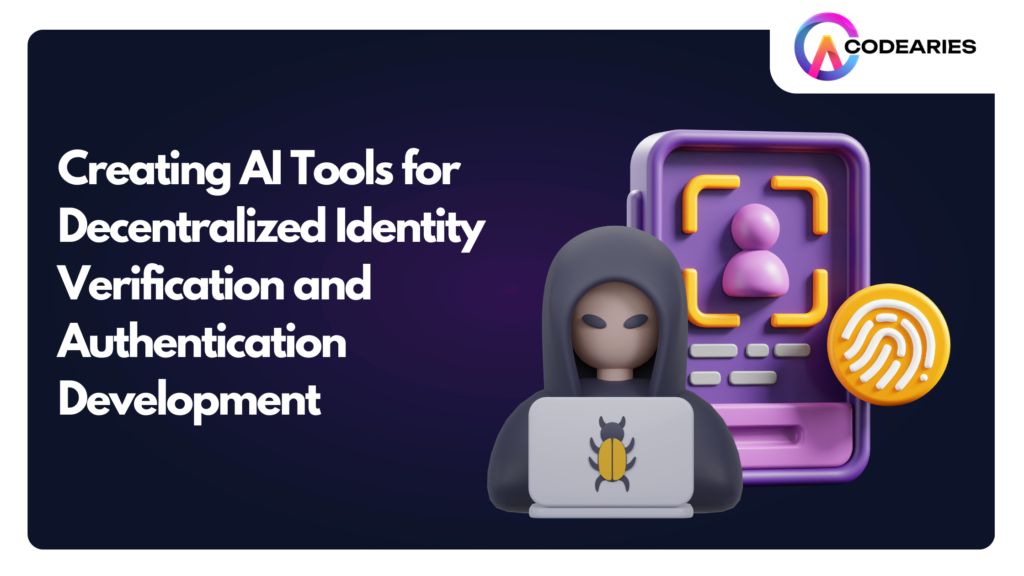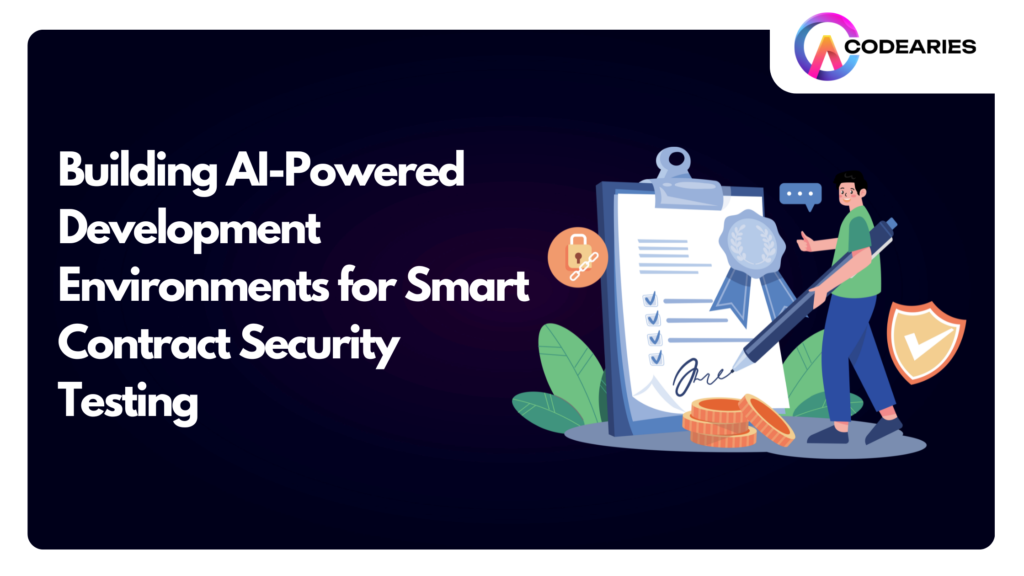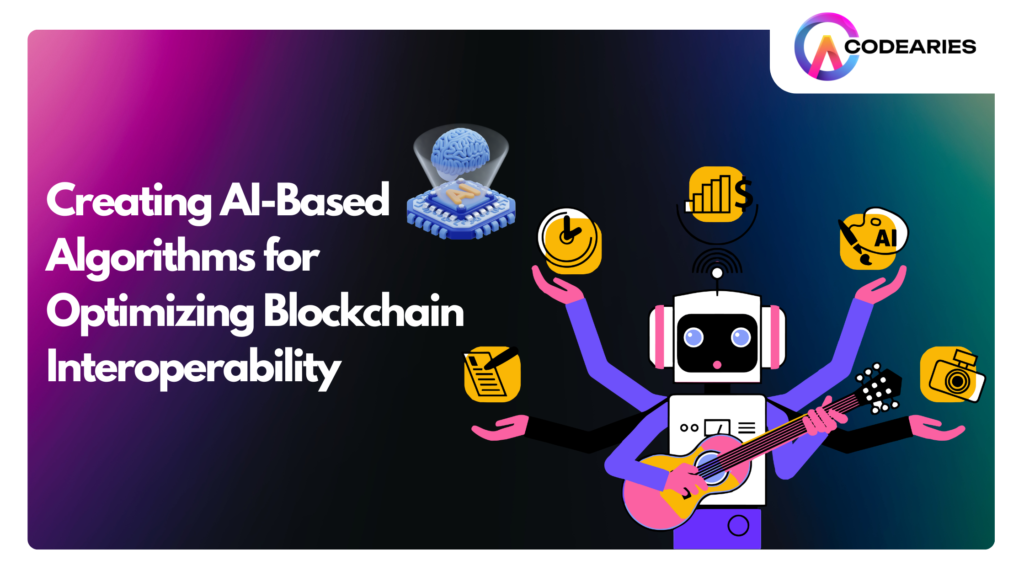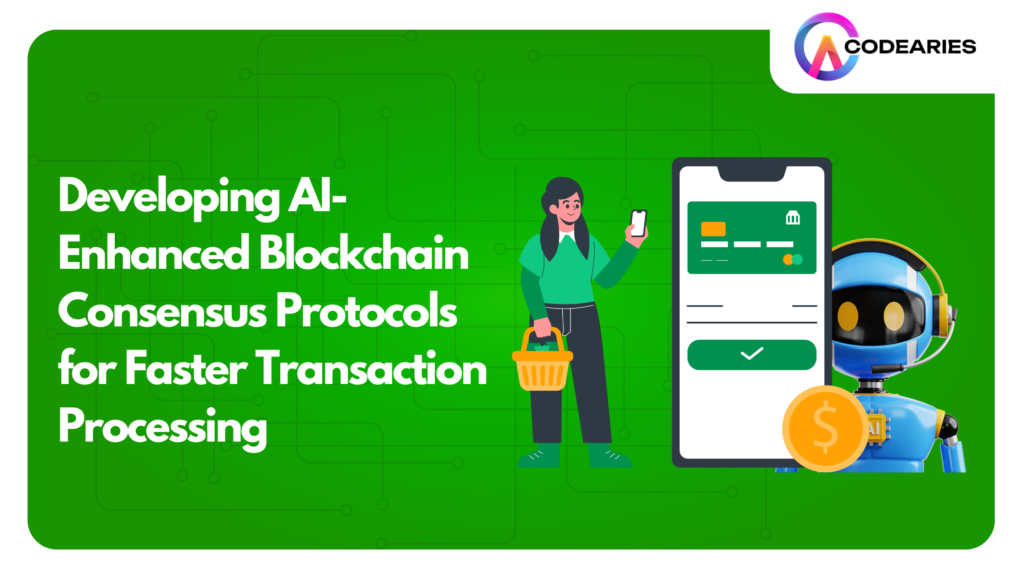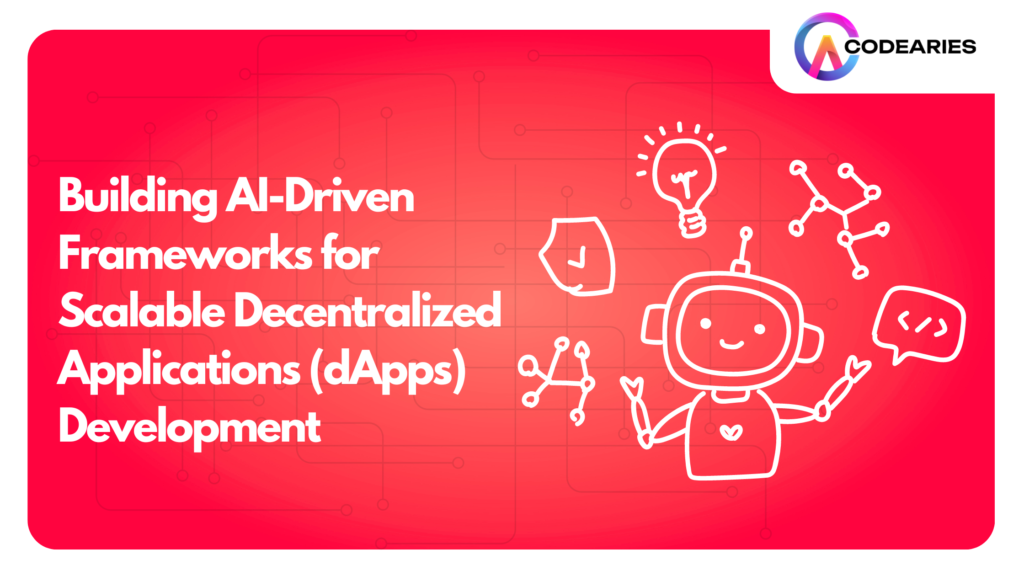AI in Blockchain for Real-Time Fraud Detection
Cybercriminals’ tactics also change as the digital environment does. Fraud has become more sophisticated, driving businesses to adopt advanced technologies to safeguard their assets. Artificial Intelligence (AI) and Blockchain are among the most promising technological synergies. While blockchain provides a decentralized and secure way to record transactions, AI enhances its capability by detecting fraudulent activities in real-time. This partnership reshapes how fraud is managed across various sectors, ensuring faster and more efficient fraud detection. Understanding Real-Time Fraud Detection Real-time fraud detection refers to monitoring transactions as they occur, aiming to identify and stop fraud before it causes harm. Traditional fraud detection systems often rely on post-event analysis, where fraudulent activities are determined afterwards. This reactive approach is no longer sufficient in today’s high-speed digital economy.AI-powered systems offer a proactive alternative. Using deep learning and neural networks, AI can analyze real-time transaction data, identifying abnormal patterns or behaviours that signal fraud. This ability to intervene instantaneously helps businesses mitigate potential threats before they result in financial loss or damage to reputation. The Fraud Detection and Prevention Market size is projected to grow from USD 24.91 billion in 2024 to USD 104.7 billion by 2032, exhibiting a compound annual growth rate (CAGR) of 19.66% during the forecast period (2024 – 2032). Source The Urgency of Real-Time Fraud Detection in Today’s Digital World As digital transactions become faster, traditional methods of detecting fraud—often relying on delayed analysis—are no longer adequate. In industries like finance and e-commerce, where transactions occur in seconds, real-time fraud detection is critical to prevent significant damage. The Cost of Delayed Fraud Detection Financial Risks: Even a short delay in identifying fraudulent activities can result in significant economic losses. In e-commerce, unauthorized purchases can drain stock and erode customer confidence. Data Security Breaches: Fraudulent access to sensitive data, if not caught immediately, can lead to data breaches with severe legal and reputational consequences. Why Real-Time Detection Matters Real-time fraud detection is crucial for several reasons: More robust Security: Real-time fraud detection drastically reduces the risk of financial damage and data breaches. Customer Trust: Companies can protect customers and build trust by preventing unauthorized transactions. Regulatory Compliance: In industries with strict fraud prevention laws, real-time detection helps businesses more effectively meet legal requirements. In summary, real-time fraud detection, powered by AI, is essential for businesses to protect themselves and their customers from rapidly evolving digital threats. AI in Blockchain: A Powerful Alliance for Fraud Prevention Integrating artificial intelligence (AI) with blockchain technology is a game changer in the battle against fraud. Each technology offers unique strengths, and their combination enhances security in the digital world. AI and blockchain create a more reliable and proactive system for detecting and preventing fraud in real-time transactions. How AI and Blockchain Work Together AI and blockchain complement each other in several key ways: Real-Time Monitoring and Detection: AI can analyze vast amounts of blockchain data in real time. It can identify irregularities or anomalies in transaction patterns that may suggest fraudulent behaviour. Pattern Recognition: Through machine learning, AI can learn from previous transaction data and recognize patterns typically associated with fraud. This allows it to detect and even anticipate fraudulent attempts before they escalate. Automated Smart Contracts: Blockchain’s immutable ledger ensures transparent record-keeping, while AI enhances the functionality of smart contracts by enforcing rules and automating verification processes. This reduces the risk of fraud and human error. Building Trust: Blockchain’s decentralized and transparent nature fosters trust between involved parties. Combined with AI’s advanced fraud detection capabilities, this makes it much harder for fraudsters to manipulate or falsify data. Specific Applications of AI in Blockchain for Fraud Prevention AI and blockchain work together in various ways to enhance fraud prevention: Identity Verification: AI-powered systems can verify digital identities, reducing instances of identity fraud and enhancing the integrity of user authentication processes. Supply Chain Oversight: Blockchain ensures transparent tracking of goods through the supply chain, and AI can monitor for any unusual activities or signs of counterfeiting, enhancing supply chain security. Monitoring Financial Transactions: AI can evaluate transaction patterns for irregularities that could signal fraud, such as unauthorized payments or money laundering schemes. Protection of Intellectual Property: Blockchain technology can serve as a tamper-proof record for intellectual property, while AI can help detect and prevent unauthorized access or duplication of proprietary information. AI: A Fortified Shield for Blockchain Security Blockchain technology, known for its decentralized structure and immutable ledger, has transformed security across various industries. Despite its inherent strengths, blockchain is not immune to evolving cyber threats. Malicious actors are constantly developing new techniques to exploit vulnerabilities in these networks. This is where artificial intelligence (AI) steps in, providing a robust and adaptive layer of defence. Strengthening Blockchain Security with AI Detecting Anomalous Behavior: AI can process vast amounts of data on the blockchain in real-time, identifying irregularities that deviate from typical transaction patterns. These anomalies might indicate fraudulent actions such as unusual transaction volumes, address modifications, or discrepancies in data records. Immediate Threat Detection: AI systems can instantly flag suspicious activities and notify administrators to take swift action. This rapid response is especially crucial in finance and supply chains, where a single fraudulent transaction could lead to significant financial or operational damage. Predictive Threat Analytics: AI-powered predictive models use historical data and current trends to identify potential future threats. By recognizing patterns linked to fraud or security breaches, AI can proactively address weak points before attackers exploit them. Smart Contract Audits: AI can automatically verify smart contracts, ensuring they adhere to predefined conditions and do not contain exploitable loopholes. This reduces the risk of vulnerabilities within self-executing contracts being leveraged for fraud. Defending Against Distributed Denial of Service (DDoS) Attacks: AI can identify abnormal traffic patterns that signal a DDoS attack. This attack aims to flood a blockchain network with excessive traffic to cause disruptions. Early detection by AI helps mitigate such attacks, preserving the network’s stability and performance. Machine Learning Algorithms for Fraud Detection Machine learning (ML) has become a critical tool in detecting

